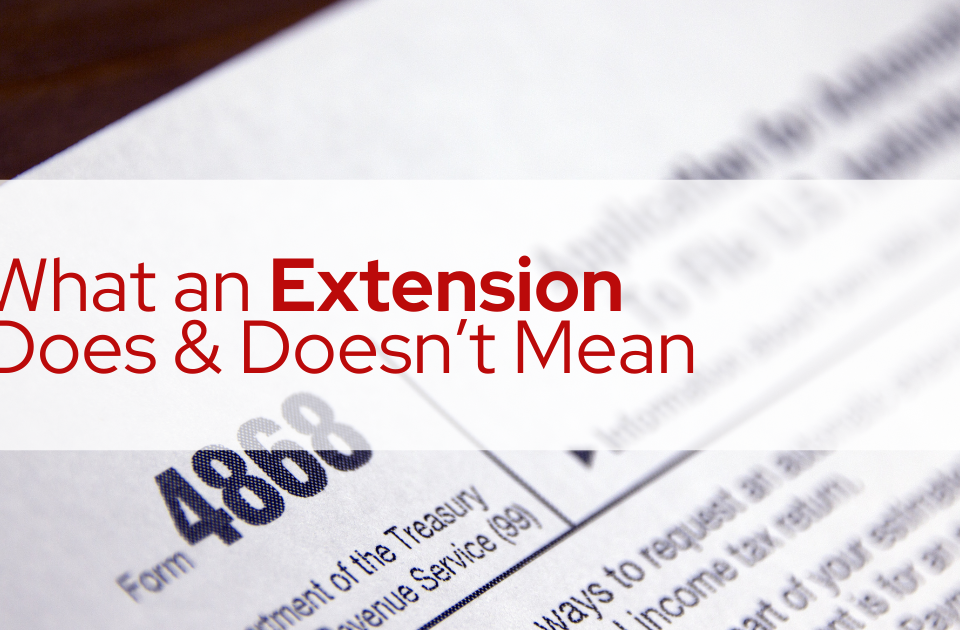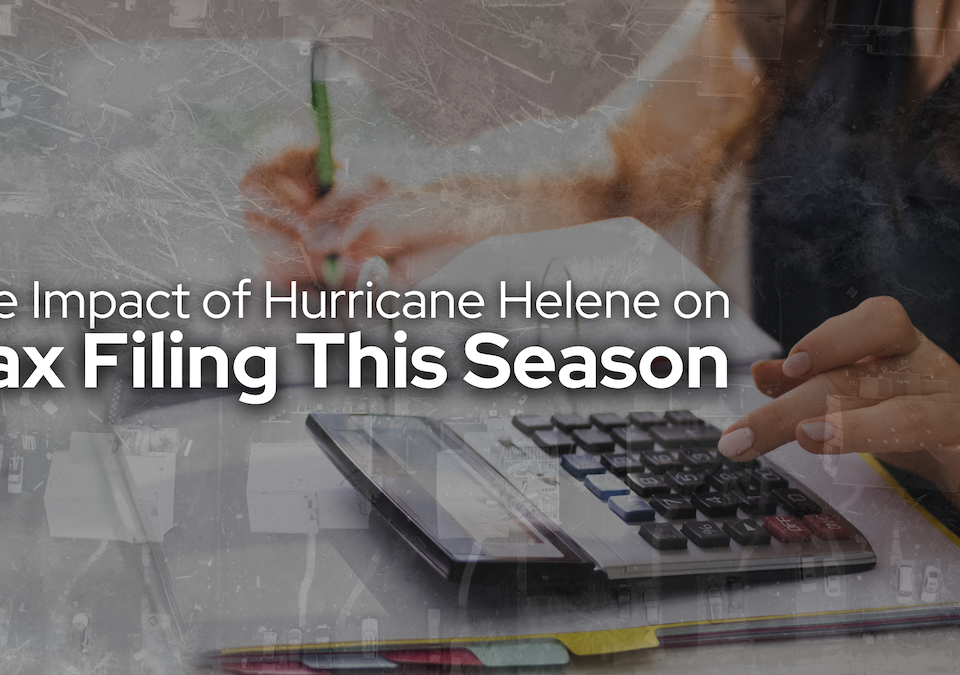
Employee Retention Tax Credits Confusion
February 17, 2023
What CPAs Do After Tax Day
April 19, 2023There are several federal tax returns myths that mislead taxpayers. While many taxpayers are eager to get returns once they file, it’s important to know the facts.
Myth: You can get a more accurate refund date by calling the IRS, tax software provider, or a tax.
The best way to check the status of a refund is online through the Where’s My Refund? tool or the IRS2Go app. The same information is available via the automated refund hotline at 800-829-1954. In order to check the status of your refund you will need your SSN, filing status, and expected amount of the refund.
Myth: You can get a refund date by ordering a tax transcript.
Where’s My Refund? tells the taxpayer their tax return has been received and if the IRS has approved or sent the refund, not by ordering a tax transcript.
Myth: Where’s My Refund? shows no deposit date yet, so it must be incorrect.
Updates to Where’s My Refund? are made once a daily, usually overnight, on both IRS.gov and the IRS2Go mobile app. The IRS issues most refunds within 21 days, however it’s possible to have a longer timeframe if the IRS needs more information to process a tax return, and taxpayers must consider the time it takes for the banks to post the refund to the taxpayer’s account or for a check to arrive in the mail.
Myth: Where’s My Refund? shows a refund amount is less than expected, so it must be incorrect.
A tax refund could be less than expected for several possible reasons. A letter of explanation will be mailed to the taxpayer if adjustments are made, or if their refund was reduced to offset certain financial obligations. Be sure to check Where’s My Refund? first or wait for the letter to obtain explanations of such changes and how to respond.
Myth: There is no need to adjust withholding for the next year if getting a refund this year.
Taxpayers can adjust their tax withholding with their employer now to avoid any surprises next year. They can use the Tax Withholding Estimator tool to determine if the correct amount is being withheld, especially if they have experienced a life event like marriage, divorce, birth of a child, an adoption or are no longer able to claim a person as a dependent. Taxpayers will need to complete and submit a new Form W-4, Employee’s Withholding Certificate to their employer as soon as possible, once they see the results from the Tax Withholding Estimator.
If you have any questions about these myths that mislead taxpayers, please reach out to Anderson, Adkins & Company at or 706-288-2000.
Source: https://www.irs.gov/




